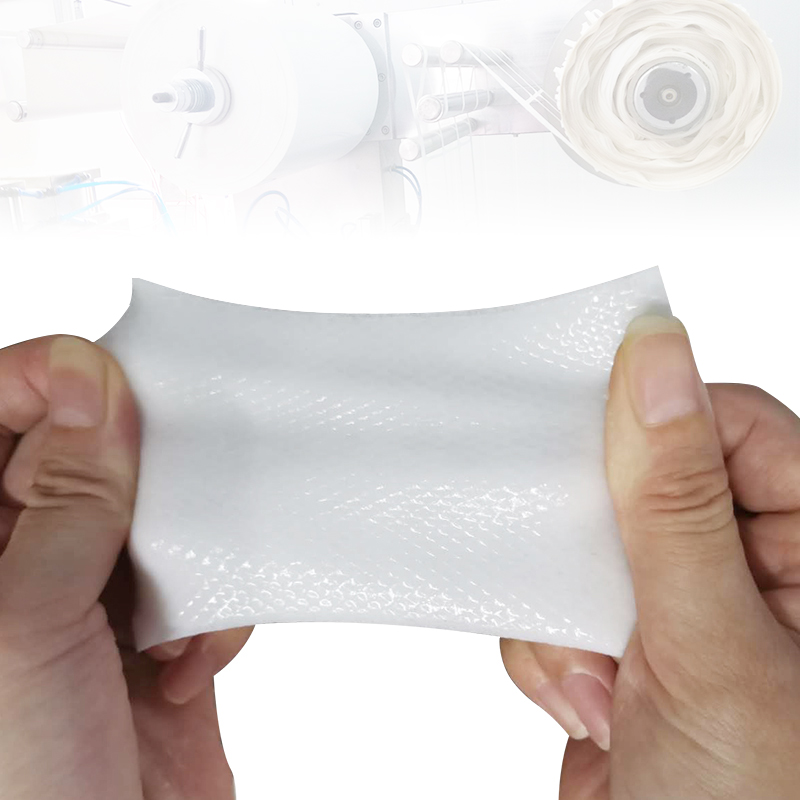How Do Lidocaine Transdermal Patches Improve Cost-Effectiveness in Clinical Settings?
Lidocaine transdermal patches have become a vital component in modern pain management, providing a non-invasive, controlled-release method for local anesthesia. These patches are especially valuable in clinical settings for their cost-effectiveness, improved patient outcomes, and operational efficiencies. Whether sourced from a Lidocaine Transdermal Patches manufacturer, a Lidocaine Transdermal Patches OEM, a custom Lidocaine Transdermal Patches provider, or a private label Lidocaine Transdermal Patches supplier, the benefits are multifaceted.

1. Reduced Medication Costs
Efficient Drug Utilization
Lidocaine transdermal patches deliver the medication directly to the site of pain, minimizing systemic absorption and reducing the overall amount of drug needed. This targeted approach ensures that the drug is used more efficiently, lowering the cost per treatment.
Decreased Need for Adjunct Medications
By effectively managing pain, lidocaine patches can reduce the need for additional pain medications, such as opioids, which are often more expensive and come with a higher risk of side effects and dependency. This reduction in the use of supplementary drugs translates into significant cost savings.
2. Improved Patient Compliance and Outcomes
Enhanced Patient Adherence
The non-invasive and user-friendly nature of lidocaine transdermal patches improves patient compliance with the treatment regimen. Consistent use leads to better pain management outcomes, reducing the likelihood of complications that can arise from unmanaged pain, thereby decreasing overall treatment costs.
Faster Recovery Times
Effective pain control with lidocaine patches can lead to quicker recovery times, allowing patients to return to their daily activities sooner. This not only improves patient quality of life but also reduces the financial burden on healthcare systems through shorter hospital stays and fewer follow-up visits.
3. Operational Efficiency
Streamlined Pain Management Protocols
Incorporating lidocaine transdermal patches into pain management protocols simplifies treatment plans, reducing the need for complex medication regimens. This streamlining saves time for healthcare providers, allowing them to treat more patients efficiently.
Lower Resource Utilization
Lidocaine patches are easy to administer, requiring minimal training and resources. This simplicity reduces the need for specialized staff or equipment, cutting down on operational costs in clinical settings.
4. Versatility and Accessibility
Wide Range of Applications
Lidocaine transdermal patches can be used for various conditions, from chronic pain to post-surgical pain management. This versatility makes them a valuable tool in different clinical scenarios, optimizing resource allocation and reducing the need for multiple types of pain management interventions.
Increased Access to Care
The affordability and ease of use of lidocaine patches make them accessible to a broader patient population. By providing an effective pain management solution that is easy to obtain and use, healthcare providers can enhance care accessibility while controlling costs.
5. Preventative Benefits
Reduced Risk of Complications
Effective pain management with lidocaine transdermal patches helps prevent complications associated with unmanaged pain, such as chronic pain development, decreased mobility, and mental health issues. Preventing these complications reduces long-term healthcare costs.
Minimization of Opioid Use
With the opioid crisis highlighting the dangers of opioid dependence, lidocaine patches offer a safer alternative for pain management. Reducing reliance on opioids not only saves costs associated with treating opioid addiction but also mitigates the legal and social costs tied to opioid misuse.
6. Customization and Private Label Options
Tailored Solutions
Custom lidocaine transdermal patches can be designed to meet specific patient needs, ensuring optimal dosing and improving treatment outcomes. Tailored solutions enhance the cost-effectiveness by maximizing the therapeutic benefits and minimizing wastage.
Brand Differentiation
Private label lidocaine transdermal patches allow healthcare providers and businesses to offer unique products under their own brand. This differentiation can lead to increased market share and customer loyalty, translating into better financial performance.
Related Questions
How do lidocaine transdermal patches compare to other pain management methods in terms of cost-effectiveness?
Lidocaine patches offer targeted pain relief with fewer side effects and lower overall costs compared to systemic medications, especially opioids.
What are the benefits of sourcing from a Lidocaine Transdermal Patches OEM?
OEM manufacturers provide high-quality, cost-effective production solutions, enabling healthcare providers to offer reliable pain management options without extensive R&D investment.
Can custom Lidocaine Transdermal Patches improve patient outcomes?
Yes, custom patches tailored to individual patient needs can provide more effective pain relief, enhancing overall patient satisfaction and compliance.
Why should healthcare providers consider private label Lidocaine Transdermal Patches?
Private label options allow providers to offer branded, high-quality pain management solutions, fostering brand loyalty and potentially increasing revenue.
Lidocaine transdermal patches are a cost-effective solution in clinical settings due to their efficient drug utilization, improved patient outcomes, streamlined operational processes, and versatility. By partnering with reputable manufacturers and suppliers, healthcare providers can enhance their pain management protocols while controlling costs and improving patient care.





